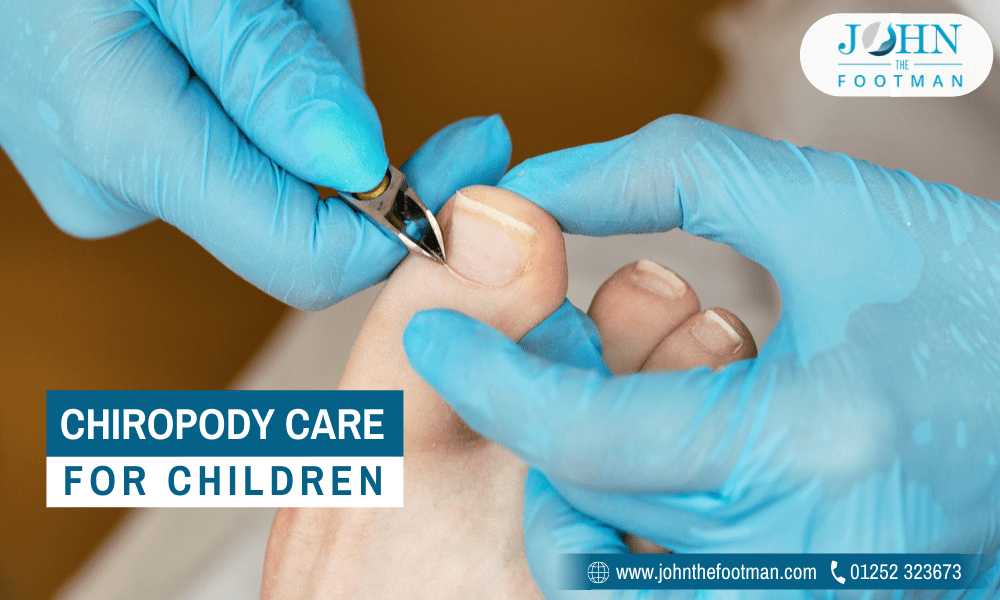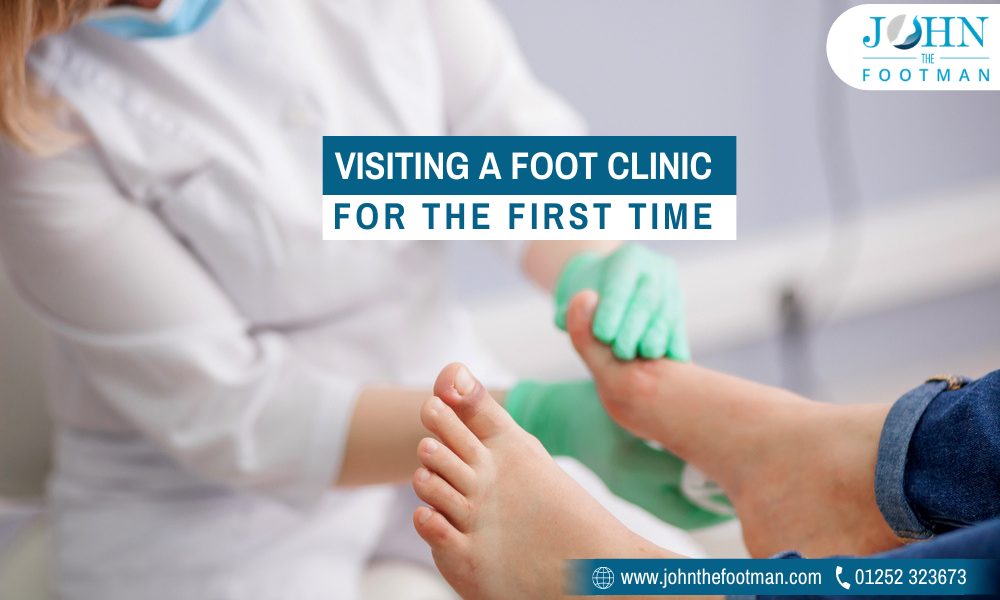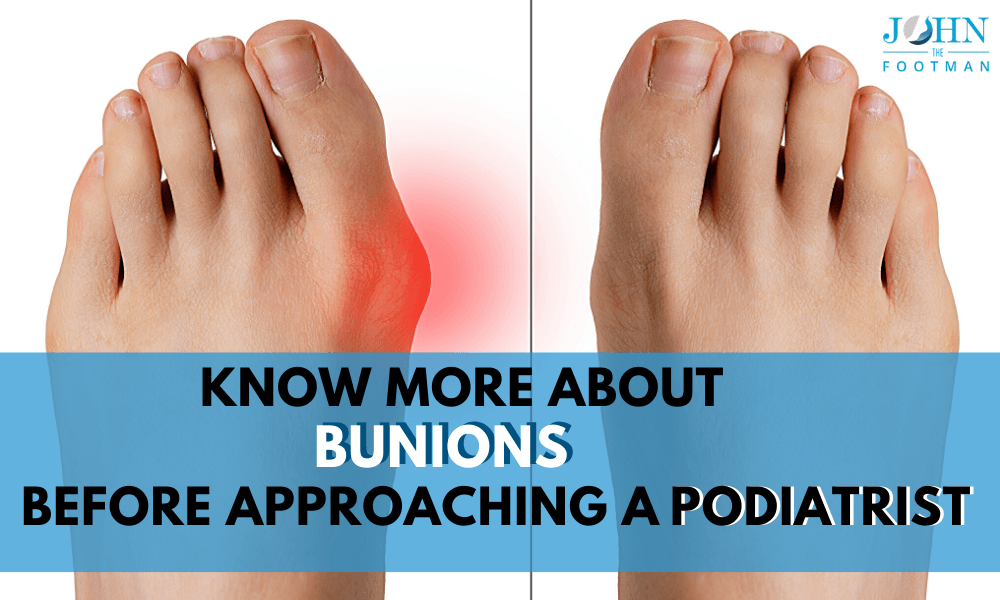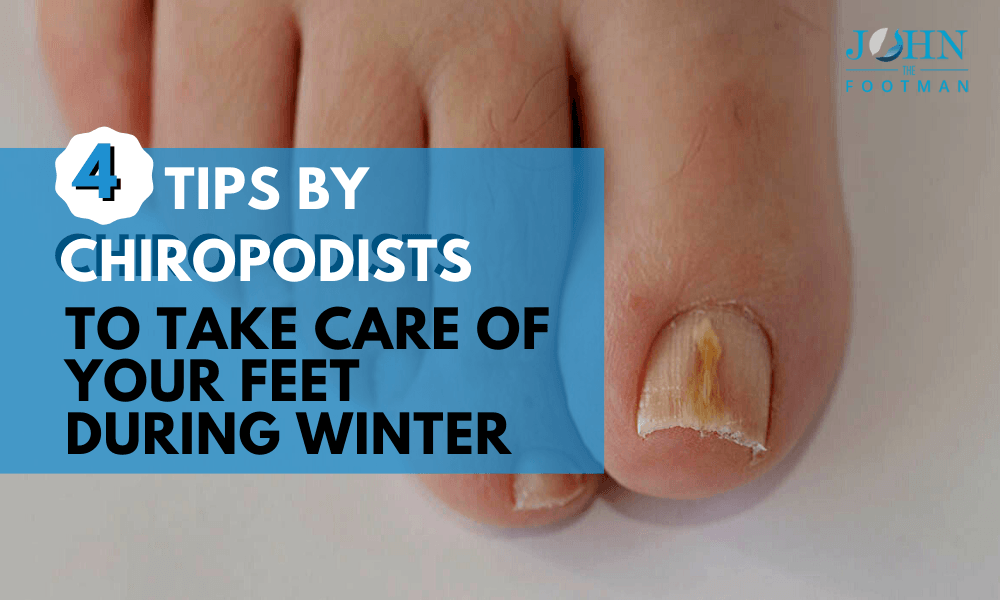Chiropody care is not only for adults, but children might also need chiropody care. In fact, most of the time, the experts suggest that parents should take their kids to a certified and experienced chiropodist or podiatrist in their growth years.
Some Paediatric Foot Conditions
Ingrown Toenails: If the nail’s edge of the big toe of your child grows into the skin adjacent to it, the kid can experience pain. Infection can also happen. In such cases, visiting a podiatrist is a must.
Warts: Warts are one of those painful foot conditions that can make your child’s life miserable. Children grow warts more frequently than adults. If the condition seems extremely painful for your child, consult a certified chiropodist.
Heel Pain: Children often complain about heel pain. Most of the time, parents find it normal because usually, kids’ legs remain active all day long; if the condition worsens, you need to consult an expert. This type of pain is also common in the growth years of your children because calf muscle gets tight during this period.
When Should Your Child Visit a Podiatrist?
It is always advisable to take your child for regular foot care to obtain the best support. If your child experiences any of these issues mentioned above, it is time to take them to the experts. They will check their feet and diagnose the problem fast.
At John the Footman, you can get the most reliable podiatric treatment for people of all ages. Your children can also receive the best paediatric podiatry care from the expert right here. You can book an appointment at the clinic or get a home visit too.
Please get in touch with us for all the information related to our treatment.




